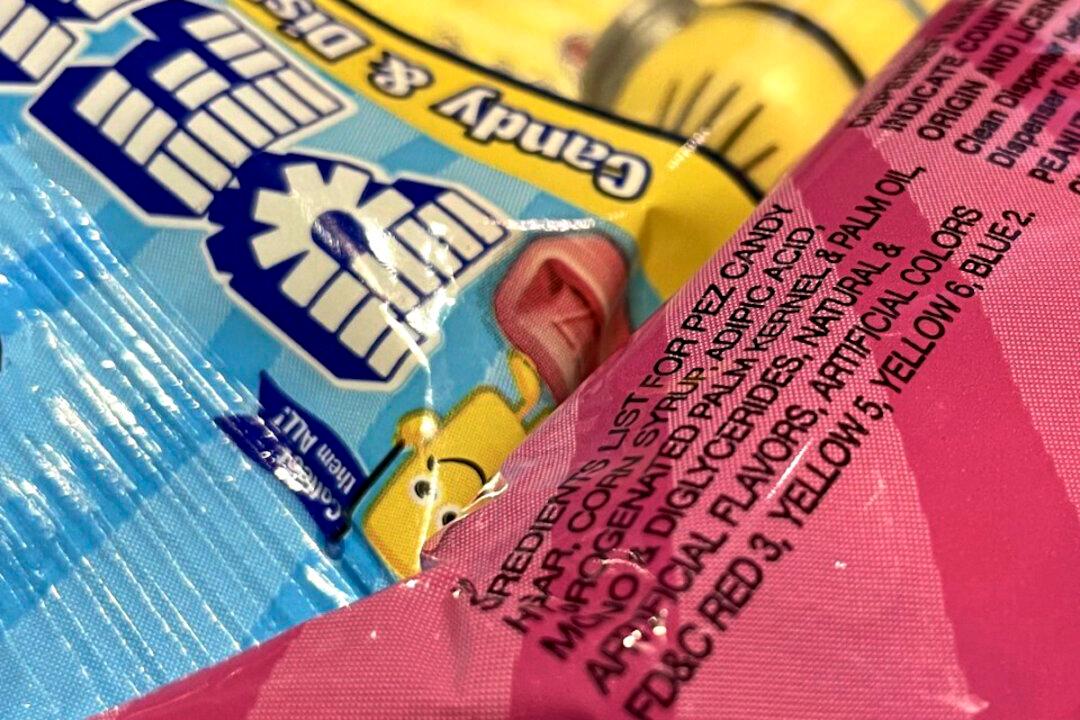The decision comes after years of scrutiny and debate over the safety of Red No. 3, also known as erythrosine.
Red No. 3 is a colorant that has been commonly used in a variety of products, including candies, cereals, and certain medications, to impart a bright pink or red hue.
The agency’s decision is based on a comprehensive review of scientific studies that have raised concerns about the potential carcinogenic effects of Red No. 3 when consumed in large quantities over extended periods, according to the agency’s announcement.
While the FDA had previously restricted the use of Red No. 3 in cosmetics and externally applied drugs in 1990, its use in food and ingested drugs has continued until now.
In 2022, the Center for Science in the Public Interest (CSPI) and 23 other organizations and scientists petitioned the FDA to ban all remaining uses of Red No. 3.
Following the FDA’s granting of their petition this week, the CSPI stated that it was a decision that addresses “a decades-long regulatory failure.”
The CSPI stated that the FDA failed in upholding its legal obligations to fully ban “cancer-causing additives” and that Red No. 3 remained permitted in foods, supplements, and oral drugs for “more than 34 years” after the FDA promised that it would be banned.
Companies will need to find alternative coloring agents that meet safety standards and provide similar visual appeal to consumers.
The FDA has announced a grace period for companies to reformulate their products and deplete existing inventory. During this time, the agency will work with manufacturers to address any questions or concerns regarding compliance with the new regulation, according to the agency.
Companies that use the dye in food and ingested drugs have until Jan. 15, 2027, and Jan. 18, 2028, respectively, to reformulate their products.
Consumers are advised to check product labels for Red No. 3, which may also be listed as E127 or erythrosine.
The FDA stated that it may take some time for all affected products to be removed from store shelves.
The Epoch Times reached out to the FDA for comment but did not receive a response by publication time.







